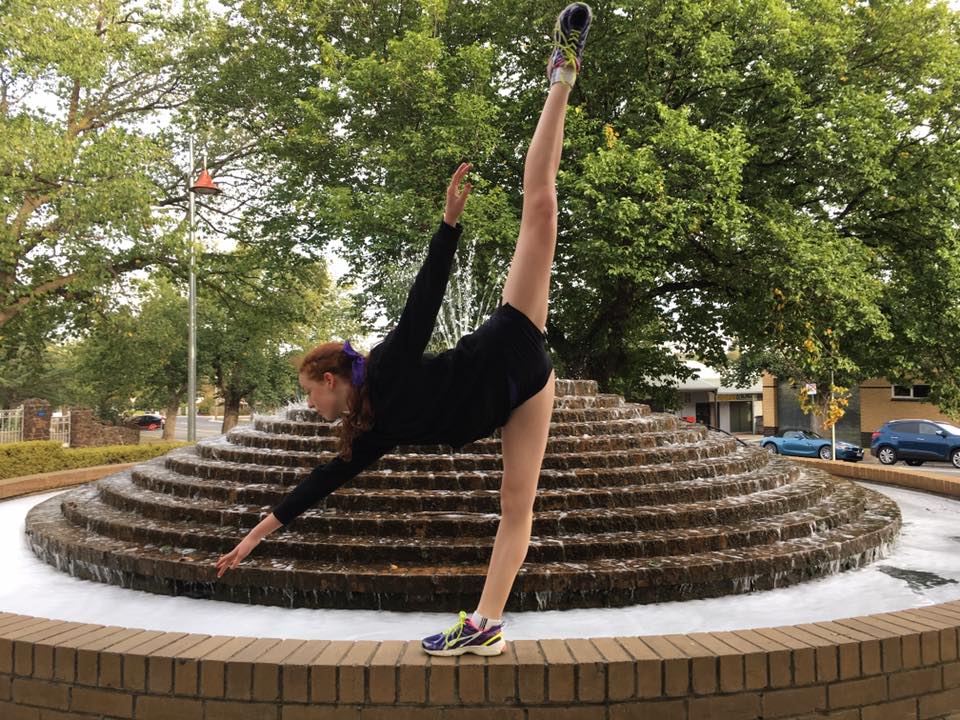Coping with Puberty as a Dancer
Siobhan Mitchell from The Adolescent Dancer spoke at the Royal Academy of Dance conference in Sydney last year about ‘Puberty: benefits and challenges in the context of dance’. She has since followed up with a post for the Energetiks blog.
The potential for these pubertal changes to impact upon psychological wellbeing, dropout and participation in physical activity may be greater in contexts such as dance where there can be high pressure to conform to a particular size and shape and to adapt quickly to physical changes.
Siobhan Mitchell
Siobhan trained vocationally in ballet and holds a long list of admirable credentials:
- a degree in Dance Studies
- a Masters in Dance Science at Trinity Laban Conservatoire of Music and Dance (London, UK)
- a Masters in Research on Health and Wellbeing at the University of Bath (UK) with a focus on growth and maturation
- a full studentship from the Economic and Social Research Council for a PhD focusing on the psychological implications of growth and maturation in dance.
- works as an associate lecturer
- delivers educational sessions for dancers and dance teachers
Siobhan’s specific interest is the implications of maturity timing upon health and wellbeing in elite dancers.
Puberty: Benefits and challenges in the context of dance
Siobhan’s article and advice is relevant and appropriate for our calisthenics students.
She defines puberty as the period of rapid change leading to physical and reproductive maturity, incorporating:
- increases in height and weight
- alterations in the accumulation and distribution of body fat and lean mass
- development of a variety of secondary sexual characteristics (e.g. breast development)
- shifts in body proportions.
Physical challenges
The growth spurt has many implications for the moving body.
- increases in height, body fat and muscle mass have a temporary but significant effect on physical performance
- rapid growth of limbs can upset balance, co-ordination and flexibility
- bones grow before soft tissues, leading to greater injury risk
Psychological and environment-based challenges
The way our students adapt psychologically to changes at puberty in the context of dance training is important and both self-confidence and motivation can be affected. Aspects such as breast development, widening of the hips and increases in fat mass can be viewed negatively, rather than perfectly natural.
Aspects of puberty can be challenging when our students are required to wear leotards and face a mirror.
Siobhan’s Advice to Dancers
- Remember that this stage is temporary. Changes in flexibility, balance and co-ordination will settle once the most rapid period of growth is complete.
- Persevere even when it appears that they is no progressing.
- Avoid comparing yourself to others in regards to flexibility or body type during this time.
- Be kind to yourself and don’t set unrealistic expectations for progress during this period.
Adapt your expectations to suit your changing body, be sure to give yourself adequate rest and focus (where possible) on maintaining flexibility rather than increasing it.
- Be proactive in how you negotiate change and try not to allow yourself to feel self-conscious.
- Adapt the focus of your training development to musicality and artistry as well as working to maintain your technique.
- Focus on how movements feel rather than how they look or comparing yourself to how you used to look.
Benefits of puberty for dance training
Both boys and girls experience accelerated gains in strength, power, speed, agility, and endurance during adolescence.
Our students can therefore make steady gains or peak in these areas.
Siobhan outlines two key areas of development that take place during adolescence that can benefit dancers:
Significant cognitive development and enhanced functioning
Cognitive development refers to how we perceive and rationalise things. Adolescence is an optimal developmental stage for skills such as planning, logic reasoning, understanding of consequences, problem solving and control of attention and motor responses.
Heightened emotional reactivity and sensitivity
Emotional development relates to increases in desire for specific types of emotional experience. This leads to greater self-awareness and social interest which can result in greater expression and performance.
Full article – Dance Advice – Coping with Puberty as a Dancer by Siobhan Mitchell
For more information and advice for the adolescent dancer, visit Siobhan’s website




